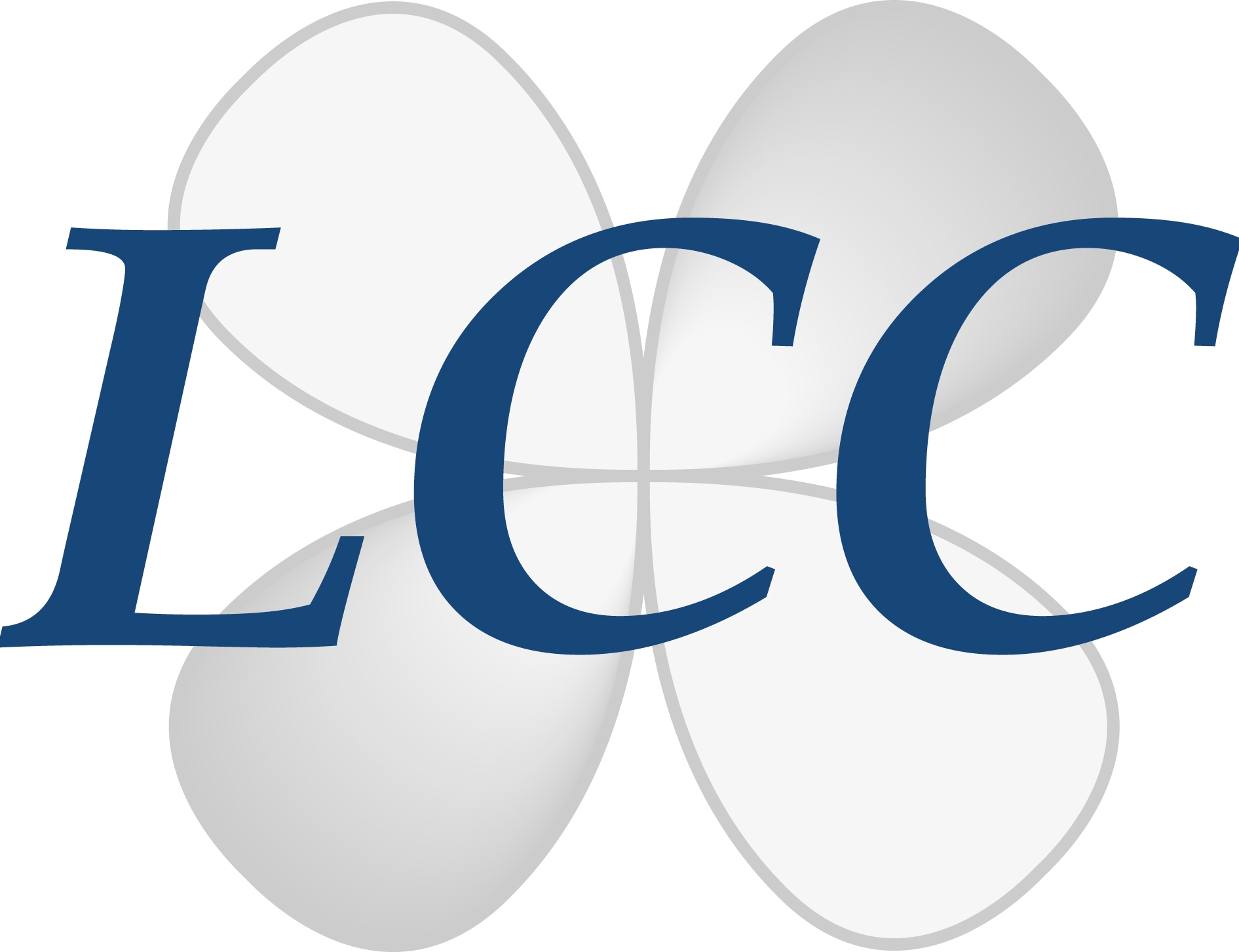Design of Artificial Lanthanide Methanol Dehydrogenases
CHEMISTRY & GREEN CHEMISTRY

Lab: LCC
Duration: NanoX master Internship (8 months part-time in-lab immersion)
5 months full-time internship
6 months full-time internship
Latest starting date: 16/01/2023
Localisation: Team ALAMBIC - Laboratoire de Chimie de Coordination - Toulouse
Supervisors:
Emilie MATHIEU, PhD emilie.mathieu@lcc-toulouse.fr
Christelle HUREAU, PhD christelle.hureau@lcc-toulouse.fr
This research master's degree project could be followed by a PhD
Work package:
Lanthanides (Ln) are fascinating for several reasons. First, they are mainly found in the +III oxidation state and their ionic radii are in a restricted range (for a coordination number of 8, 0.97-1.16 Å), which gives them similar chemical properties. Second, Ln(III) have different physical properties (luminescence, magnetism), making them useful tools to study metal-peptide interactions. Finally, lanthanides have recently joined the family of elements essential to living organisms with the discovery of methylotrophic bacteria relying on Ln(III) for their metabolism.
The first Ln-enzyme, a methanol dehydrogenase, and the first Ln-trafficking protein have been described very recently. The latter, called lanmodulin, has an affinity for Ln(III) in the pM range, and selectivity for Ln(III) over Ca(II) of 108 folds. In addition to these native lanthanide-binding proteins, synthetic peptides have been designed using different types of scaffolds: Lanthanide binding tags are short sequences (≤ 20 residues) inspired by the Ca(II)-binding site of calmodulin that wrap around Ln(III) and have an affinity in the nM range; lanthanide fingers are modified zinc fingers with affinities in the μM range; three stranded coiled coils demonstrate affinities in the μM range, and some selectivity for the mid-series Ln(III) can be achieved; and peptides with unnatural amino acids were developed with affinities as low as fM.
The aim of this project is to synthesize a library of peptides that adopt a zinc finger-like structure and are able to accommodate the Ln-MDH cofactors: a pyrroloquinoline quinone (PQQ) and a lanthanide ion (Figure 1). The project involves rational peptide design including study of peptides folding in silico, solid phase peptide synthesis, characterisation of the scaffolds structure and stability (NMR, circular dichroism), determination of the ability of the peptides to bind Ln3+ ions and/or PQQ (steady-state and time-resolved luminescence, UV-vis, NMR). The rationally designed peptides thus obtained will help identify the more suited peptide scaffold – i.e. with a good affinity for Ln- and PQQ-binding, and well-folded. This will be a crucial step to design structural mimic of Ln-MDH active site and moving forward to study the ability of the mimics designed to catalyse methanol oxidation.
Environment: The successful candidate will work in an exciting and dynamic environment at the Laboratoire de Chimie de Coordination. The technical and scientific environments in Toulouse are fully appropriate for the realisation of the project. The successful candidate will be trained on advanced spectroscopic techniques such as paramagnetic NMR, steady-state and time-resolved emission spectroscopies, or circular dichroism.
To apply, please send a cover letter, your CV, and contact info for 2 references to Dr. Emilie Mathieu (emilie.mathieu@lcc-toulouse.fr). Applications not following these guidelines will not be considered. Only short-listed candidates will be contacted.
References:
1. Daumann, L. J. (2019) Angew. Chem. Int. Ed. 58(37):12795-12802.
2. Cotruvo, J. A. (2019) ACS Cent. Sci. 5(9):1496–1506.
3. Good, N. M.; Fellner, M.; Demirer, K.; Hu, J.; Hausinger, R. P.; Martinez-Gomez, N. C. (2020) J. Biol. Chem. 295(24):8272-8284
4. Cook, E.C.; Featherston, E.R.; Showalter, S.A.; Cotruvo, J.A. (2019) Biochemistry 58:120-125
5. Webster, A. M.; Peacock, A. F. A. (2021) Chem. Commun. 57(56):6851–6862.
6. Nitz, M.; Sherawat, M.; Franz, K. J.; Peisach, E.; Allen, N. K.; Imperiali, B. (2004) Angew. Chem. Int. Ed. 43(28):3682–3685.
7. am Ende, C. W.; Meng, H. Y.; Ye, M.; Pandey, A. K.; Zondlo, N. J. (2010) ChemBioChem 11(12):1738–1747.
8. Slope, L. N.; Daubney, O. J.; Campbell, H.; White, S. A.; Peacock, A. F. A. (2021) Angew. Chem. Int. Ed. 60(46):24473–24477.
9. Niedźwiecka, A.; Cisnetti, F.; Lebrun, C.; Delangle, P. (2012) Inorg. Chem. 51(9):5458–5464.
10. Baker, D. et al (2021) Science 373(6557):871–876.
Areas of expertise:
Bio-inorganic chemistry, lanthanide, peptide synthesis, spectroscopy
Required skills for the internship:
Qualifications: We are seeking a highly motivated student with a background in molecular chemistry and excellent grades. In addition, ability to write a scientific report, and strong team skills are needed.
